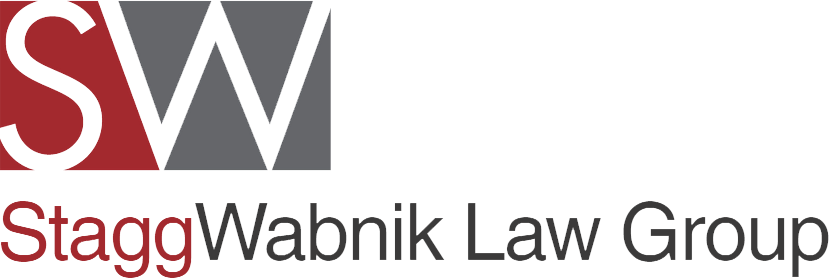
Overview of the Congestion Pricing Program
New York City implemented a congestion pricing program effective January 5, 2025, to reduce traffic congestion and generate revenue for public transit improvements.
During peak hours, the congestion pricing program imposes a toll on vehicles entering Manhattan's Central Business District (CBD) below 60th Street. The standard toll is $9 for passenger vehicles, with higher fees for trucks and buses. The program operates from 5 a.m. to 9 p.m. on weekdays and 9 a.m. to 9 p.m. on weekends, with reduced rates during off-peak hours.
Implementation Timeline and Recent Developments
Initially, New York City's congestion pricing was scheduled to commence on June 30, 2024. However, Governor Kathy Hochul announced an indefinite postponement of the program on June 5, 2024, citing concerns about potential economic impacts on commuters and businesses during the city's recovery phase.
In November 2024, Governor Hochul unveiled a revised plan to implement congestion pricing with a reduced toll of $9, down from the originally proposed $15. This adjustment aimed to balance traffic reduction goals with economic considerations. The program officially commenced on January 5, 2025.
Objectives of Congestion Pricing
The primary goals of the congestion pricing initiative include:
Reducing Traffic Congestion: The program aims to decrease traffic volume and improve travel times by discouraging unnecessary vehicle trips into the CBD.
Improving Air Quality: Lowering the number of vehicles in the area is expected to reduce emissions, contributing to better air quality.
Funding Public Transit: Revenue generated from the tolls will support the Metropolitan Transportation Authority's (MTA) capital projects, including subway upgrades and the acquisition of electric buses.
Implications for Commuters and Businesses
The implementation of congestion pricing has several implications:
Increased Commuting Costs: Drivers entering the CBD during tolling hours will incur additional expenses, which may influence commuting choices.
Business Operations: Companies that rely on vehicle transportation within the toll zone may experience higher operational costs. Some businesses have begun passing these costs onto customers through surcharges.
Public Transportation Usage: The program may encourage a shift toward public transit, cycling, or walking, potentially increasing demand for these modes of transportation.
Compliance and Enforcement
The program utilizes electronic tolling systems to automatically charge vehicles entering the designated zone. For the first 60 days, only the established tolls will be collected, with no additional fees, charges, or fines. After this period, enforcement measures will include fines for non-compliance.
Considerations for Employers and Employees
Employers and employees should assess the impact of congestion pricing on their operations and commuting patterns:
Review Transportation Policies: Businesses may need to adjust transportation allowances or explore alternative commuting options for employees.
Flexible Work Arrangements: Implementing flexible work hours or remote work policies could help mitigate the financial impact on employees.
Employee Communication: Inform staff about the new tolls and provide guidance on navigating the changes effectively.
Contact Stagg Wabnik Law Group
Understanding the legal and operational implications of New York City's congestion pricing is essential for businesses and individuals. Contact Stagg Wabnik Law Group at (516) 812-4550 or visit our contact page for personalized guidance.
New York congestion pricing, Manhattan tolls, traffic reduction strategies, public transit funding, commuter costs


Comments